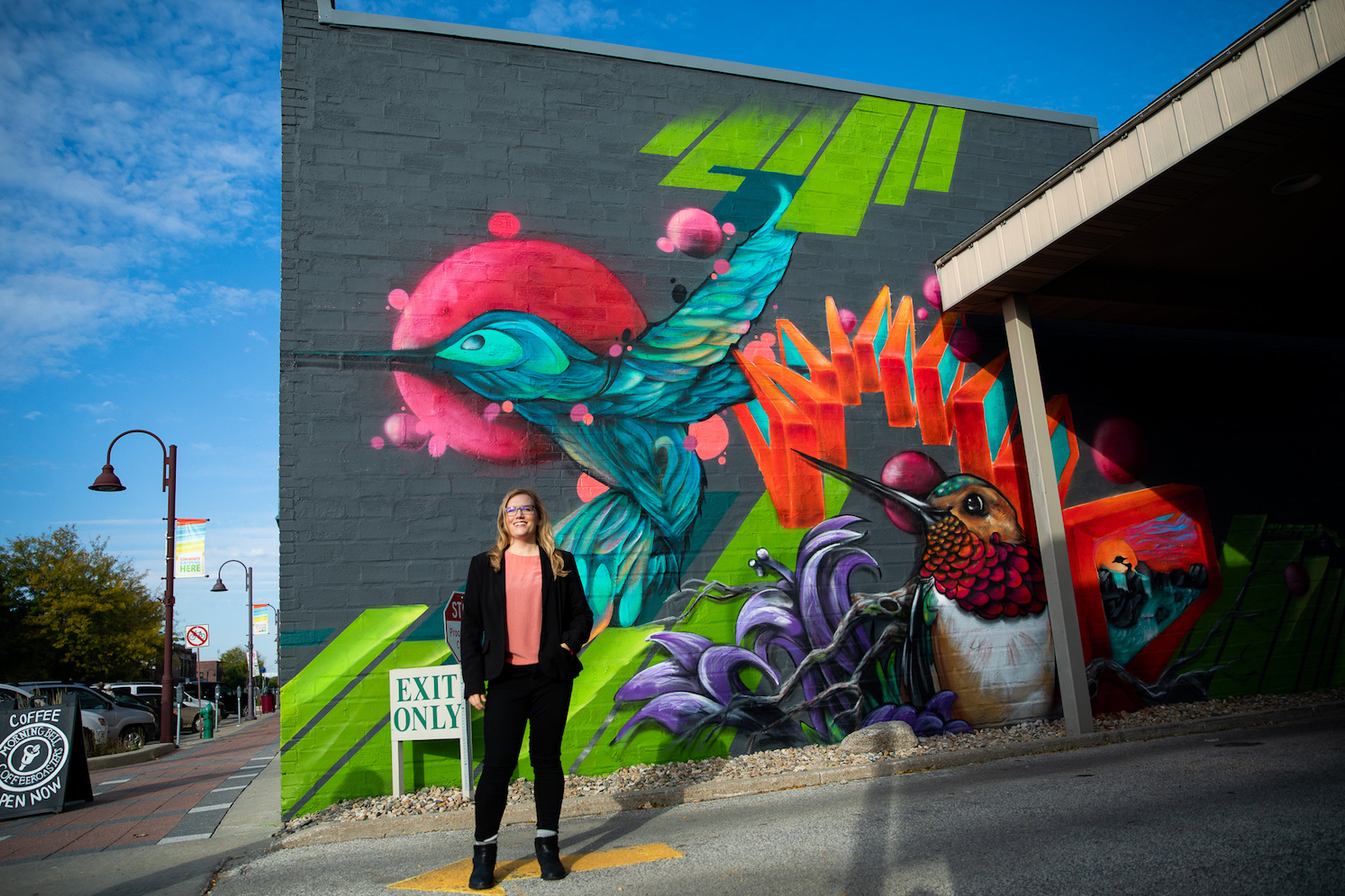Dara Wald was interviewing Kenyan farmers years ago, when she met a woman who had lost her entire harvest after elephants and zebras raided her crops.
For the farmer, it was a hopeless conflict. The government wouldn’t compensate her loss of food and economic security; however, if she were to hunt an elephant, she would face fines of thousands of dollars, Wald recalled.
“I remember thinking, ‘How will we ever solve environmental issues if we ignore the place that people have in the system?’” Wald said.
An assistant professor of journalism at Iowa State University, Wald brings an innovative sense of possibility to problem-solving. For her, the presence of conflict is the potential for collaboration.
Interdisciplinary responsibility
Wald earned her Ph.D. in wildlife ecology and conservation from the University of Florida, making her a rare species in a journalism program. With a focus on environmental communication, she researches environmental conflict and collaboration and public engagement in science.
"I find wildlife and open spaces intrinsically valuable and beautiful. But those are my values and realizing that not everybody might share them is something I find fascinating."
Funded by the National Science Foundation, her work has produced interdisciplinary partnerships across campus, from geology to agriculture. Those innovative collaborations—in both research and education—are why she recently received the College of Liberal Arts and Sciences’ Cassling Innovation Award.
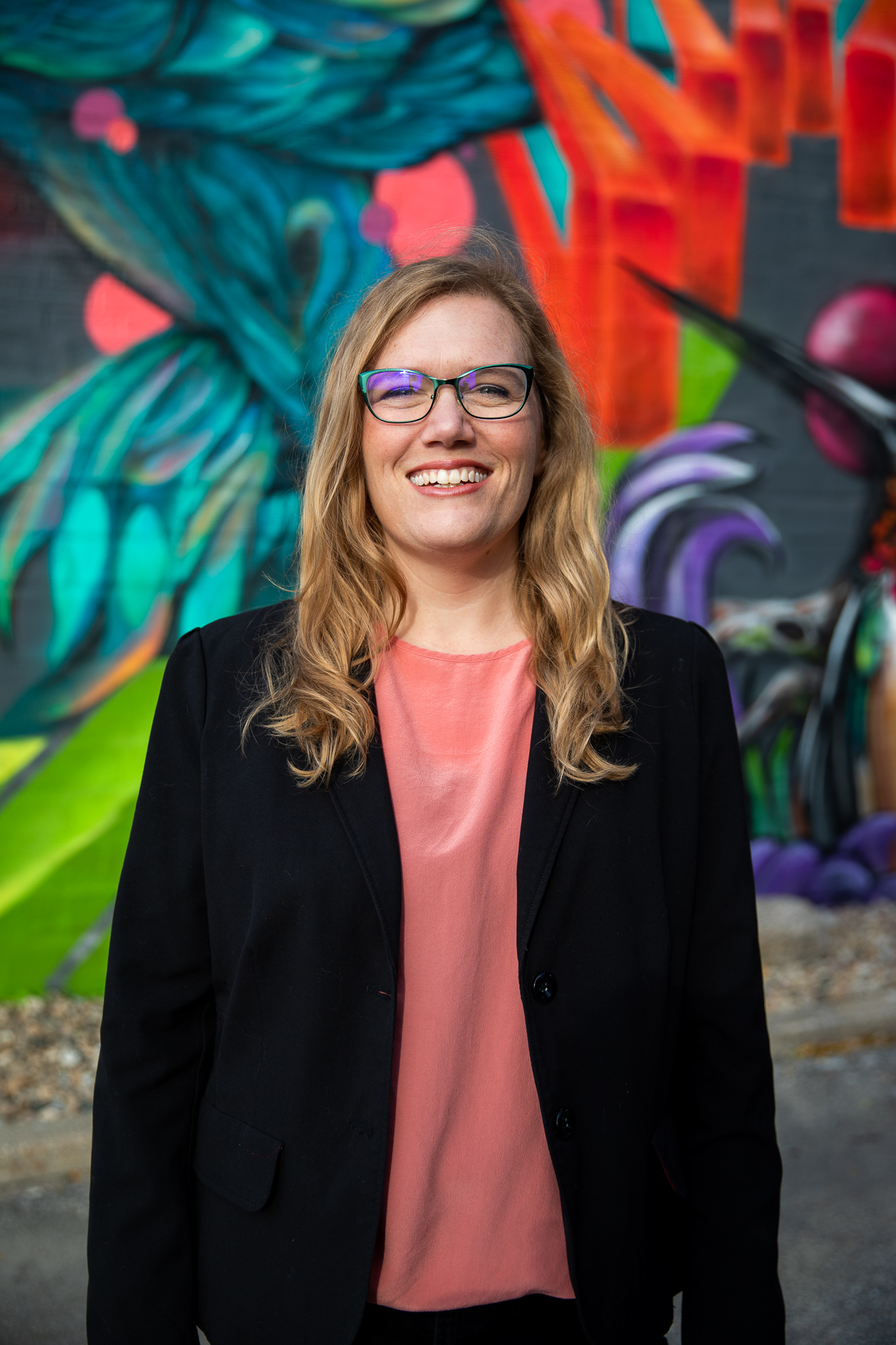
“I do interdisciplinary work because it’s my responsibility as someone who sits at this intersection between people and the environment,” Wald said. “I couldn’t see doing my work in any other way. It’s wonderful to be recognized, but I would never have described it as innovative because to me it just seems like the way to go.”
Intrigued by differences
There was never doubt Wald would become a scientist. Growing up in Florida, she spent her summers at marine biology camp. In graduate school, her lifelong love of the natural world migrated into research, specifically how people’s emotions, beliefs and experiences influence their thoughts and values about the environment.
“I find wildlife and open spaces intrinsically valuable and beautiful,” she said. “But those are my values and realizing that not everybody might share them is something I find fascinating. I always had friends when I was younger who came from different places than I did. I always found those conversations about ‘Why do you think that?’ or ‘Why does that matter to you?’ really interesting. That’s one of the reasons why I do what I do.”
Wald investigates how those differences play out in public debate over topics like genetically modified foods and invasive species.
“I’ve been interested in the social dimensions of invasive species since I was a graduate student,” she said. “Why do we as humans categorize an animal or plant as aggressive or non-native or invasive even when sometimes those particular species are valued by other people? How do we come to that terminology? How do we identify those species and what happens when we have conflicts over them?”
Her research on cat fights—or the disputes about how to manage domestic free-roaming cats—is now a forthcoming co-authored book. “Cats and Conservationists: The Debate Over Who Owns the Outdoors” will publish in the spring.
Constructive conversations
When Wald joined Iowa State in 2015, she was impressed that the Greenlee School of Journalism and Communication saw interdisciplinary collaboration as a strength.
“They wanted me to build collaborations and be part of interdisciplinary teams,” she said. “It shows Greenlee is forward-looking, and it helps prepare our students for the job market. They’re going to have to work in teams and across disciplines and organizations.”
Her collaborations range from the hyper-local—using funding from ISU’s Presidential Interdisciplinary Research Seed Grant program to explore how scientists might better communicate with the public—to far-off partnerships in Guam.
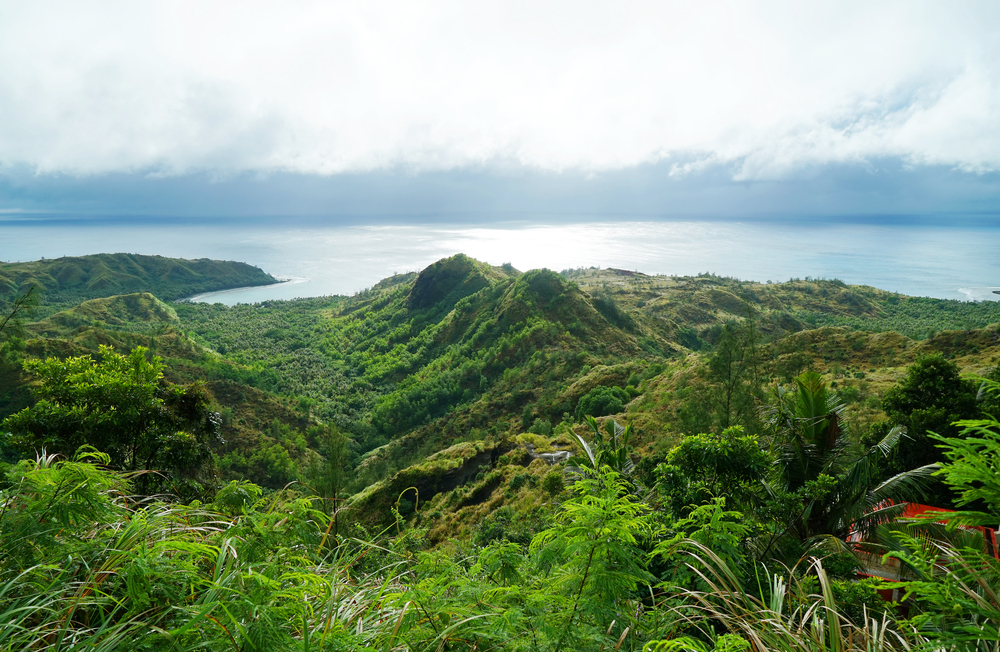
Wald is researching public perceptions over the management of the brown tree snake on Guam. Accidentally introduced to Guam at the end of World War II, the non-native brown tree snake has been blamed for the loss of 10 out of 12 of the island’s native forest-bird species. Haldre Rogers, Iowa State assistant professor of ecology, evolution and organismal biology, is an expert on the issue.
“Dara understands how we ask and answer questions in ecology, and brings her skill as a social scientist to attack conservation issues from a complementary angle,” Rogers said. “My collaboration with Dara has changed my perspective on how best to address invasive species management. Conservation in the 21st century requires these holistic, transdisciplinary approaches that engage the broader community to find successful solutions.”
"How do we engage the public when they don’t believe the science? What are alternative methods of building or repairing trust? That’s where you find these interesting differences that could promote collaboration."
Wald, who is interested in the role of trust and credibility in environmental communication, has teamed up with Rogers and her graduate students to research Guamanians’ perspectives. Pilot focus groups suggested that some of Guam’s public are skeptical about the science tying snakes to the disappearance of birds, and question whether nature resource management activities are in the public’s best interest, Wald said.
“How do we engage the public when they don’t believe the science?” Wald asked. “What are alternative methods of building or repairing trust? That’s where you find these interesting differences that can lead you to pathways that could promote collaboration. How do we bring two groups closer together so we can have a constructive conversation about the future and what these different and disparate groups would like to see?”
Foundations of collaboration
Wald is helping her own students learn the foundations of cross-disciplinary collaboration through an innovative lab model in Greenlee’s Hamilton Hall.
“I come from a life sciences lab model in which every graduate student is in a faculty-run lab and we’re all doing similar work,” she said. “When I came to Greenlee, I thought, ‘Well, this is the model I’m comfortable with. Maybe Greenlee would be supportive of this idea,’ and they were super supportive.”
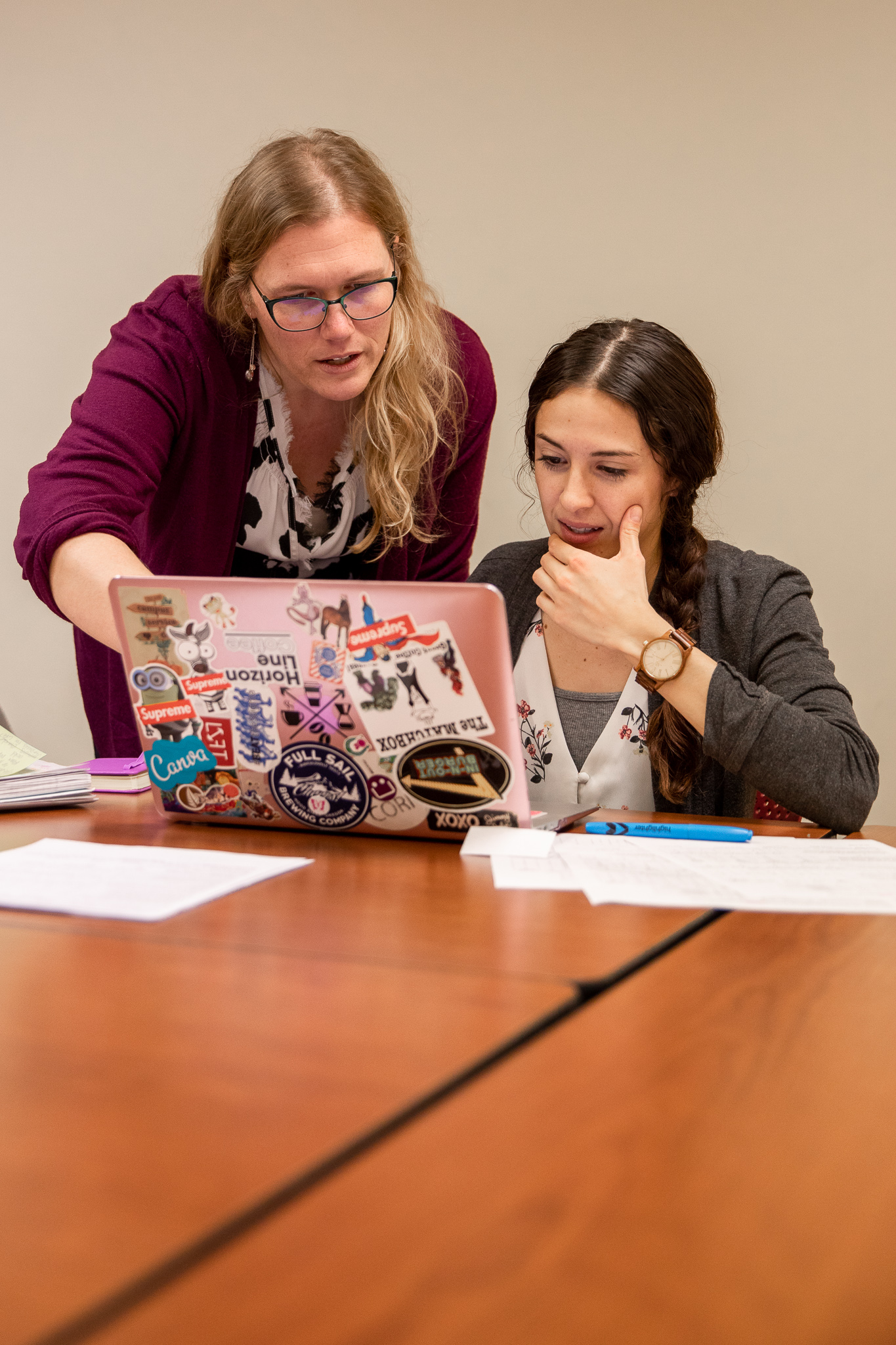
Safety glasses aren’t required in Wald’s lab; just a willingness to view research through a collaborative lens. There you’ll find a computer science major collaborating with a graduate student to code news articles, or a meteorology student practicing a trial run of her National Weather Service focus groups.
“Organizations are looking for people who can think on their feet and think outside the box,” Wald added. “The team-building that I hope we’re accomplishing in the lab is what our students will do once they move forward into future innovative or entrepreneurial jobs."
Madison Tuttle (’18 public relations), a Wald lab alumna who earned a 2019 Emmy Award for her role on a NASA public affairs team, said the lab was her first hands-on experience in science communication.
“My job involves breaking down complex scientific topics for a general audience every day,” she said. “The experience in the lab was incredibly valuable. Dr. Wald consistently laid the framework for our work, but also challenged us to find innovative approaches and explore unfamiliar techniques.”
“Organizations are looking for people who can think on their feet and think outside the box. The team-building that I hope we’re accomplishing in the lab is what our students will do once they move forward into future innovative or entrepreneurial jobs.”
For Emily Haberlack (’20 environmental science), the lab’s constant influx of new minds helps push their research forward.
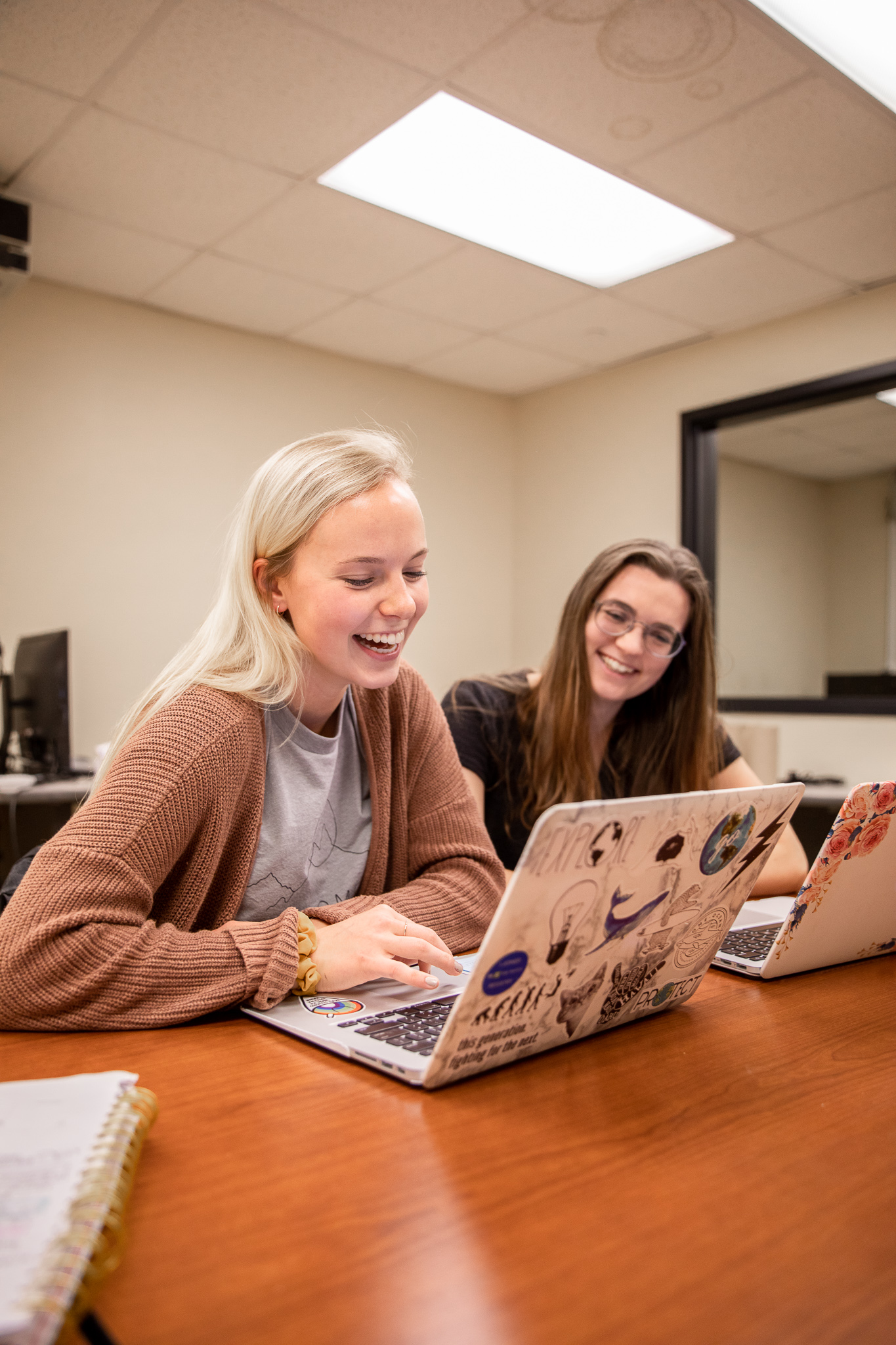
“We’re all working on different things, but there is still a collaborative element to it,” Haberlack said. “If one of us has a problem, everyone stops and has a conversation together.”
“To me, innovation and entrepreneurship mean thinking outside the box and going beyond the discipline or approach you are trained in,” Wald said. “It’s the ability to be flexible and resilient as the marketplace shifts. I’d like to think students in my lab are gaining that experience, that we are pushing each other to go beyond what we are trained to do.”
Migrating in new directions
Thinking outside the box can be personal, too. Wald helped Morning Bell Coffee Roasters, a popular Ames Main Street business she owns with her entrepreneur husband Nadav Mer, move toward more sustainable business practices.
Their efforts, as meticulous as converting used coffee grounds into farm compost, earned a 2019 Platinum Smart Business Achievement award from the city of Ames.
“Owning a business was terrifying to me when we first met,” Wald said. “[Nadav] has encouraged me to think outside the box because he came from a very entrepreneurial family.”
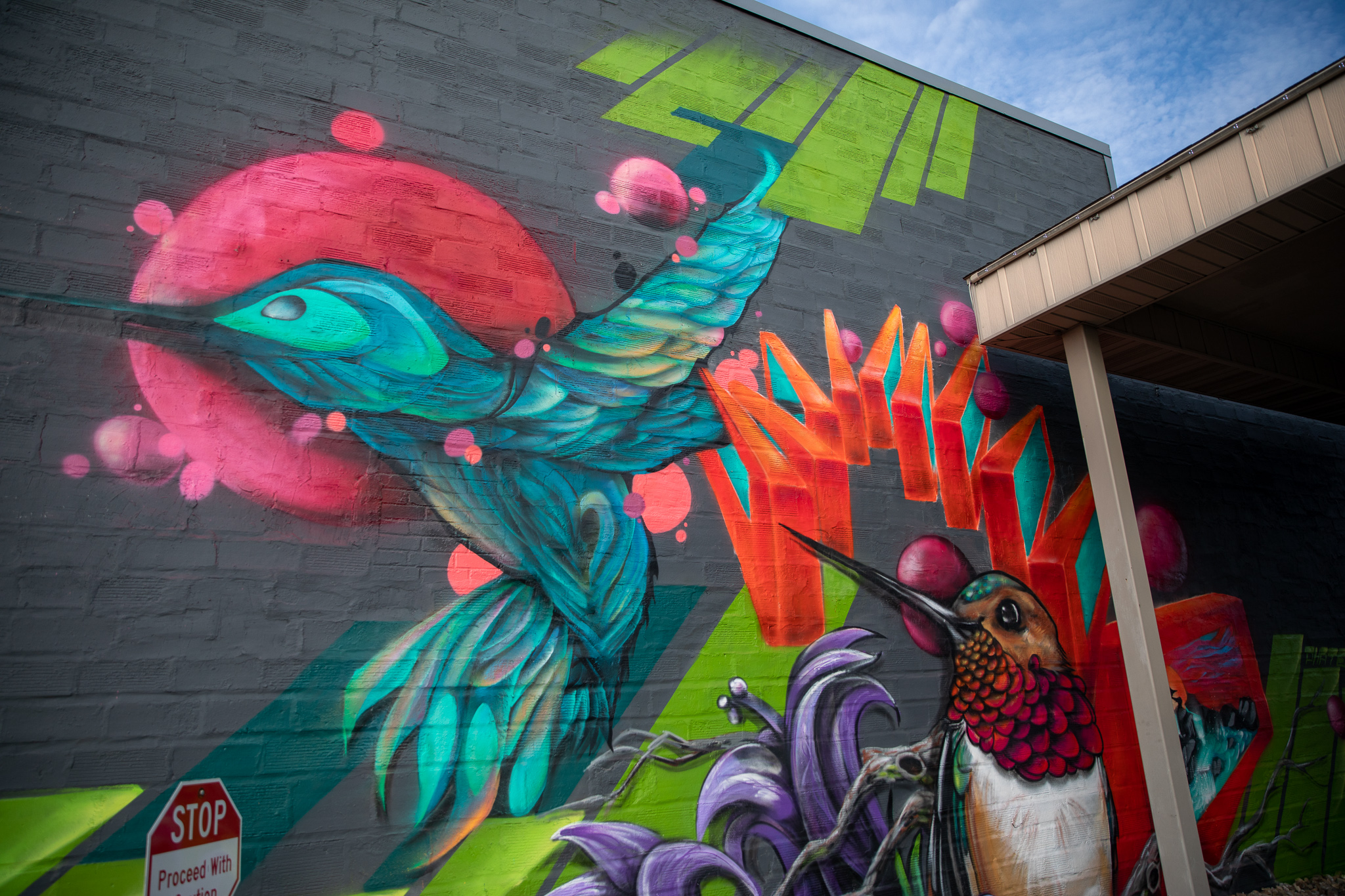
Recently, she helped find images for Morning Bell’s new building mural. Visible from Duff Avenue, the spray-painted mural is a supercharged landscape of Iowa prairie plants and futuristic hummingbirds.
You might even say it’s a little like Wald: firmly planted in her discipline, yet always able to migrate in a new direction.
